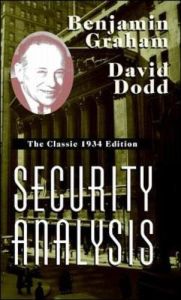
Read offline
Recommendation
A book that has been in continuous print since its first edition in 1934 obviously has timeless relevance. In the intervening decades since their book’s initial publication, Benjamin Graham and David Dodd’s principles of value investing have made fortunes for countless investors. Warren Buffett calls this book his Bible. Much has changed on Wall Street since the 1930s, but the concept of investing in undervalued companies has not. In addition to its lucid explanation of investment basics, the book is a fascinating picture of a time when policy makers still were absorbing the lessons of the Great Depression: The Securities Act of 1933 had just changed the rules of financial disclosure, and most public companies were manufacturers, mines, railroads or utilities – a stark contrast to today’s blue-chip portfolio. getAbstract recommends this book to students of financial history and to serious investors who want to cut through modern Wall Street jargon.
Take-Aways
About the Authors
Benjamin Graham, who died in 1976, is considered the father of modern security analysis. The founder of the value school of investing, Graham influenced Warren Buffett and others. He was also the co-author of The Intelligent Investor and The Interpretation of Financial Statements. Graham’s protégé, economist and investor David Dodd, was an assistant professor of finance at Columbia University in New York City.


















Comment on this summary or 开始讨论